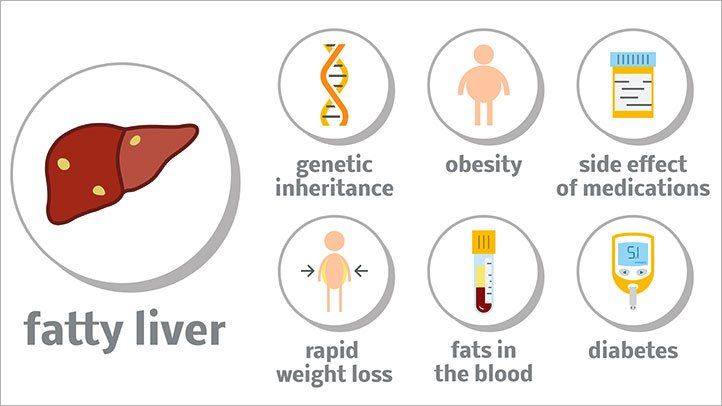The COVID-19 pandemic has undeniably reshaped our world in profound ways. One area that has experienced significant transformation is the realm of health and wellness. As we navigate the post-pandemic landscape, it’s essential to look ahead and consider the factors that will shape the future of wellness. In this article, we will delve into the six megatrends identified by Ipsos that will influence how we think about health and wellness in the post-pandemic era.
1. An Ageing Population
One of the most significant demographic shifts that will impact the future of health and wellness is the ageing population. As people live longer, the focus on maintaining health and well-being throughout the lifespan becomes paramount. This trend highlights the need for innovative solutions that cater to the unique health challenges and aspirations of older adults. From age-friendly technologies to senior-focused fitness programs, the industry will evolve to meet the needs of this growing demographic.
2. More Virtual Healthcare
The pandemic accelerated the adoption of telehealth and virtual healthcare services. These digital solutions not only provide convenient access to medical professionals but also offer opportunities for continuous monitoring and data-driven health management. In the post-pandemic era, we can expect to see further integration of virtual healthcare into our lives, making healthcare more accessible and efficient.
Mastering Mindful Tech: Your Guide to Reducing Digital Stress
3. Personalized Medicine
Advancements in genomics and personalized medicine are transforming the way we approach healthcare. Tailoring treatments and interventions to an individual’s genetic makeup and unique health profile allows for more effective and precise care. Expect to see a shift towards a more personalized approach to health and wellness, where treatments and preventive measures are increasingly individualized.
4. Holistic Wellness
The pandemic highlighted the importance of holistic well-being, encompassing physical, mental, and emotional health. This holistic approach will continue to gain prominence in the post-pandemic era. Expect to see a greater emphasis on practices such as mindfulness, meditation, and stress management, as people recognize the interconnectedness of various aspects of well-being.
5. Social Justice
The COVID-19 pandemic exposed disparities in healthcare access and outcomes, prompting a renewed focus on social justice in healthcare. The future of health and wellness will involve efforts to address these inequities, ensuring that everyone has equal access to quality care and health-related resources. Initiatives aimed at reducing healthcare disparities will be at the forefront of the industry’s priorities.
6. Environmental Sustainability
Environmental sustainability has increasingly become intertwined with health and wellness. The post-pandemic world will see a heightened awareness of the impact of the environment on our health. This awareness will lead to the development of eco-friendly healthcare practices and wellness programs that prioritize both individual and planetary well-being.
Oatmeal vs Cream of Wheat: Which One is Better for Your Breakfast?
Here are some FAQS based on health and wellness
What is the future of wellness industry?
The future of the wellness industry is expected to be characterized by a holistic approach to health, greater emphasis on personalized wellness solutions, increased integration of technology, and a focus on sustainability. Consumers are becoming more health-conscious, seeking well-being solutions that cater to their physical, mental, and emotional needs, and the industry is adapting accordingly.
What is the future of wellness industry in India?
In India, the wellness industry is poised for substantial growth. As the country’s middle class expands and incomes rise, there is a growing demand for wellness products and services. The future of the wellness industry in India is likely to include traditional practices like Ayurveda and yoga, alongside modern wellness trends. The industry will also embrace digital technologies to cater to a tech-savvy population.
Has the focus on health and wellness increased?
Yes, the focus on health and wellness has increased significantly in recent years. The COVID-19 pandemic has accelerated this trend, highlighting the importance of maintaining good health and well-being. People are now more conscious of their physical and mental health, leading to a surge in wellness-related activities, products, and services.
What are the mega trends in wellness?
The mega trends in wellness include:
- Personalized Wellness: Tailoring health and wellness solutions to individual needs and preferences.
- Holistic Health: Embracing a comprehensive approach to well-being, considering physical, mental, and emotional health.
- Virtual Healthcare: The integration of technology for remote consultations, telehealth, and digital wellness solutions.
- Social Justice in Healthcare: Addressing healthcare disparities and ensuring equitable access to health resources.
- Environmental Sustainability: Incorporating eco-friendly practices and promoting wellness in harmony with the environment.
The future of health and wellness after the pandemic is poised to be transformative. The six megatrends identified by Ipsos – an ageing population, more virtual healthcare, personalized medicine, holistic wellness, social justice, and environmental sustainability – will shape how we perceive and prioritize well-being in the years to come. As we adapt to these changes, it’s essential to embrace a comprehensive approach to health and wellness that encompasses the physical, mental, social, and environmental aspects of our lives. By doing so, we can work towards a future where health and wellness are accessible, personalized, and sustainable for all.












